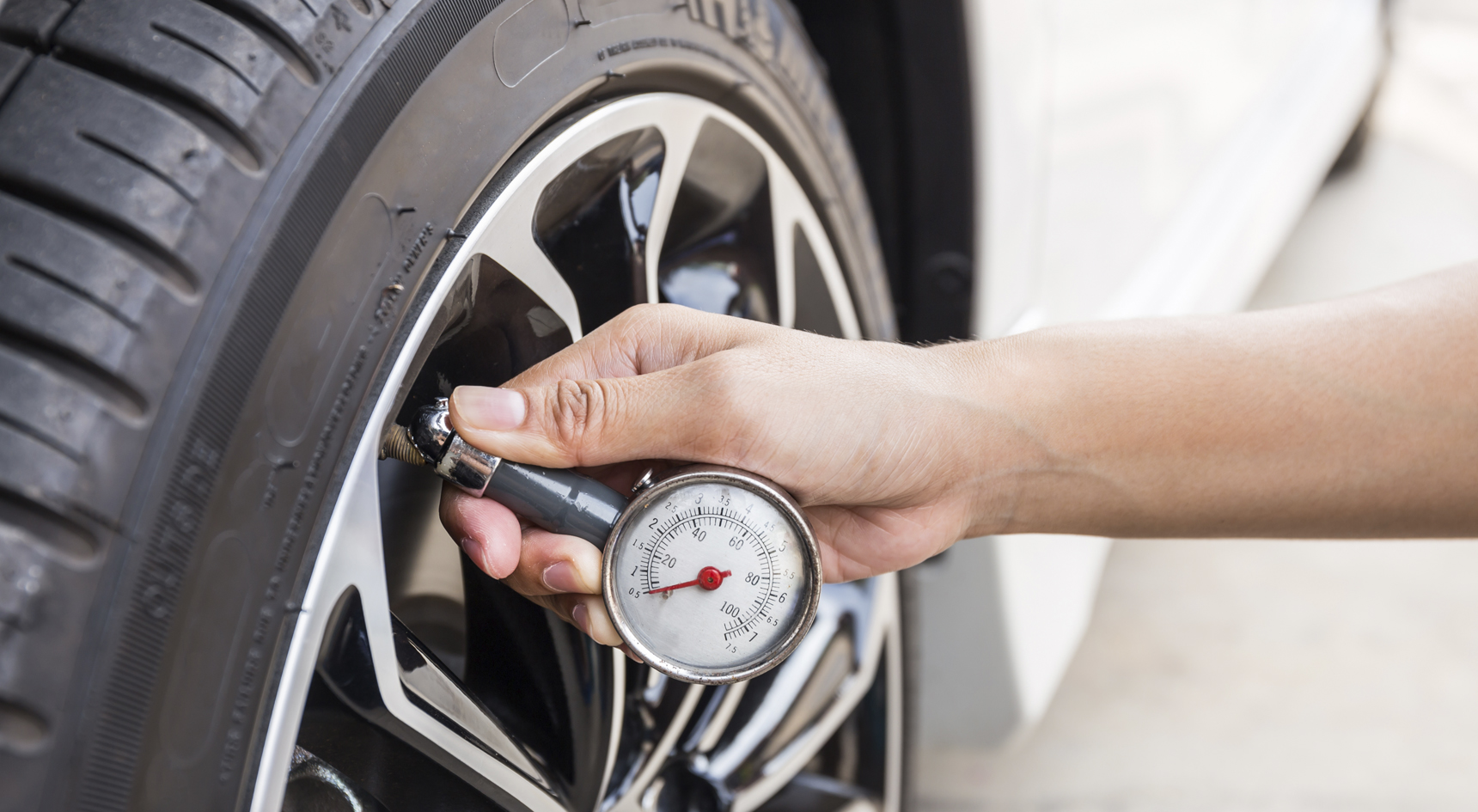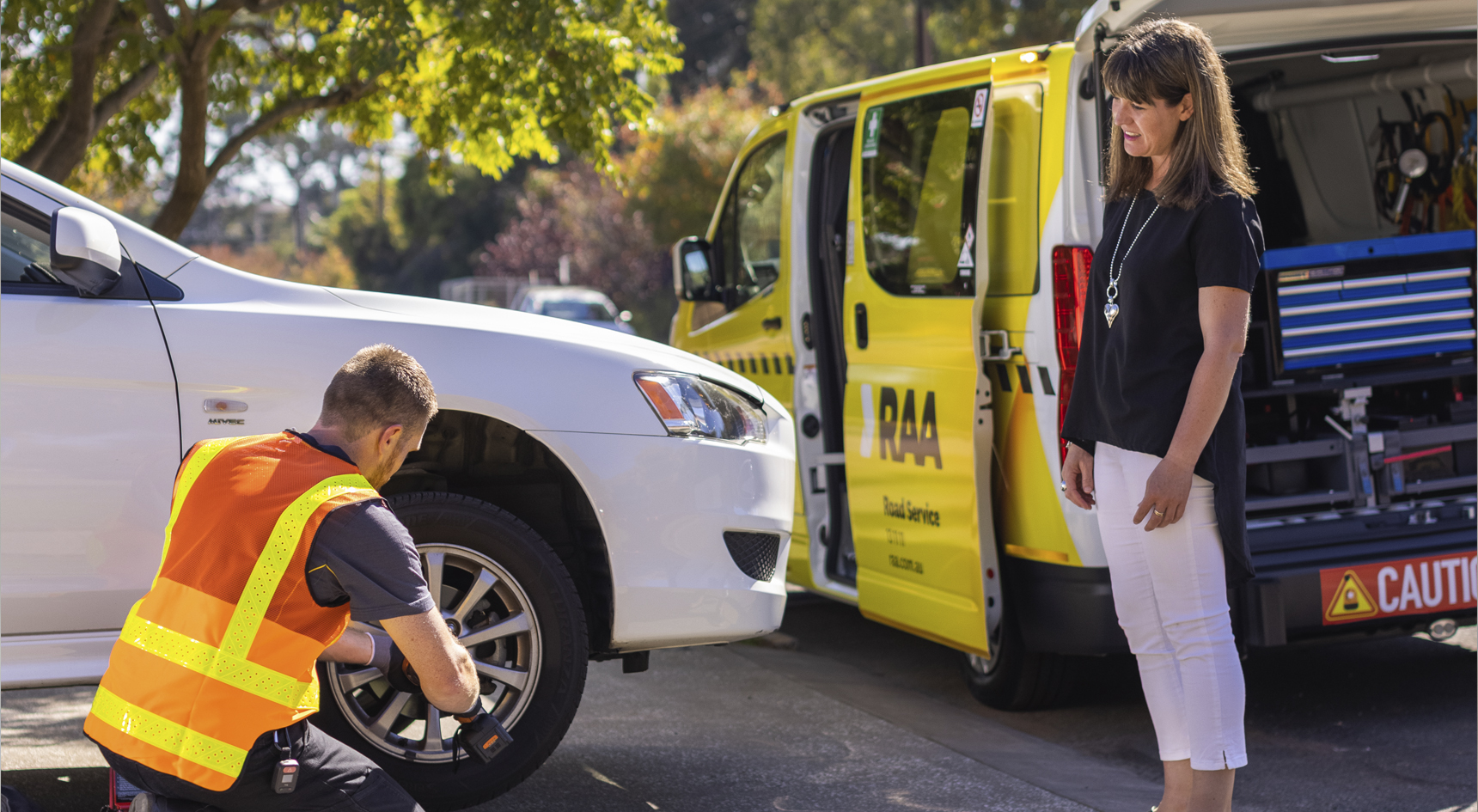The troubling tyre question tripping people up

More than half of the people who took our most recent road rules quiz are in the dark about an important tyre safety feature.
Only 44% of Car Care IQ Quiz participants correctly answered that the minimum legal tyre tread depth is 1.5mm.
Many respondents were also unaware where they could find information about the correct pressure for their vehicle’s tyres.
With these results in mind, perhaps it’s time we brush up on tyre care.
Tyre tread
Tyre tread is one of the most important safety features on your car. The tread allows you to accelerate, steer and brake safely – all essential for keeping your vehicle under control.
If you’re driving in wet conditions with balding tyres, your risk of losing contact with the road and skidding or hydroplaning is greatly increased.
Brand new tyres come with 8mm of tread, then they slowly wear down due to friction and impact with the road.
While the minimum legal tread depth is 1.5mm, it’s highly recommended you change your tyres when the tread gets to about 3mm.
You should check the tread regularly, and while you’re at it, look for any cuts or uneven wear. Kneel down next to the tyre, and using a tread checker, make sure the inside grooves are no lower than 1.5mm. The tread wear indicator – which is usually 1.6mm high – is a good guide to show you when it’s time to replace your tyres.
If you don’t know whether or not your tyres are up to scratch, book in for a check at a reputable tyre centre.

Tyre pressure
Do you know where to find detials about the correct tyre pressure for your car? Only 44% of people who completed the samotor quiz correctly answered that you can find tyre pressure information in your car’s owner’s manual as well as on a sticker on the inside of the driver’s side door.
It’s vital your tyres have the correct pressure. If they’re under-inflated, they can cause the vehicle to pull to one side and impact your steering stability and drag. This can increase stopping distances and fuel consumption.
Over-inflated tyres can also cause problems and lead to uneven tread, a blow-out or reduced traction.

Tyre age
While replacing tyres is based on condition, rather than age, it’s important to inspect them a little closer as they get older. If you’ve had your tyres for more than 6 years, check them regularly for any cracks and peeling along both the tread and side wall.
Caravan tyres are the exception though as they can sometimes sit idle for months in full sun. This can cause the rubber to deteriorate far quicker, so they may need to be replaced more often.
RAA can help
A flat tyre can be frustrating, and typically happens when you least expect it. Maybe it’s during your commute to work and you’re wearing a suit, or your boot is packed to the brim on a road trip.
Before you roll up your sleeves and prepare to get greasy or unpack the entire contents of your boot, consider whether it might be more convenient to call RAA for help. The RAA Road Service team are more than happy to change a flat tyre for members.
In fact, RAA came to the rescue of more than 2500people in 2021.


